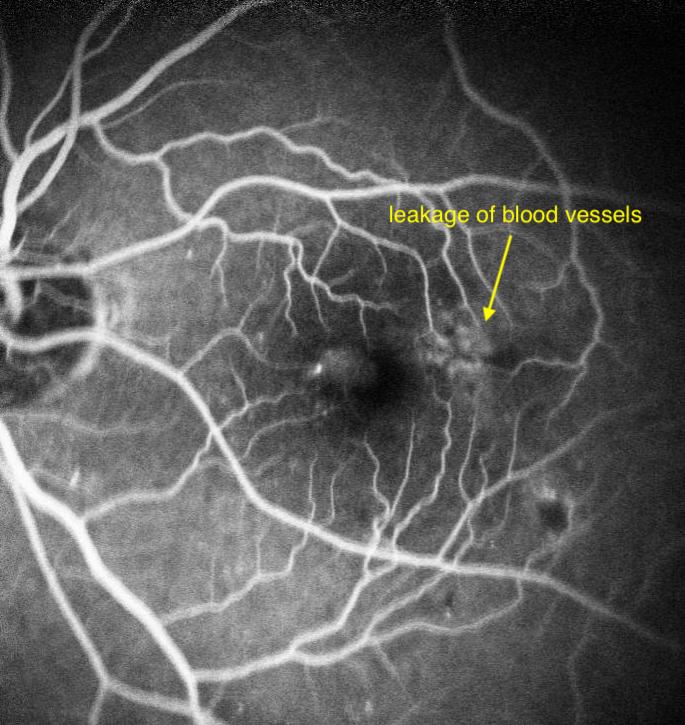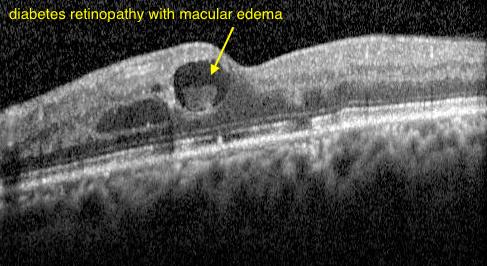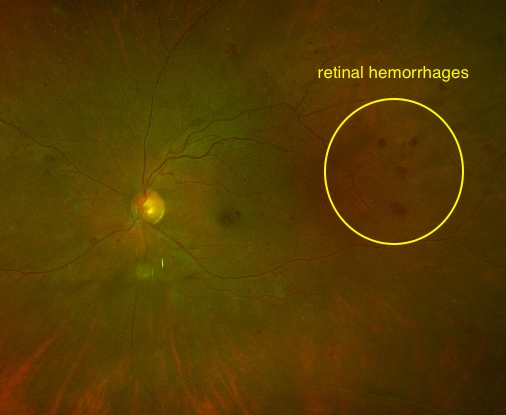Diabetic Retinopathy

What is diabetic retinopathy
Diabetic Retinopathy is the most common diabetic eye disease. This disease takes place in the retina when the blood vessels of the retina change. Sometimes the vessels swell and leak fluid or close off completely. Other times the abnormal, and often weak, blood vessels grow on the surface of the retina. Diabetic retinopathy usually affects both eyes and people do not notice changes in their vision when the disease is in early stages. Often, the vision loss cause by diabetic retinopathy cannot be reversed. There are two types of diabetic retinopathy, non-proliferative diabetic retinopathy (NPDR) and proliferative diabetic retinopathy (PDR).
NPDR is the earliest stage of diabetic retinopathy, in this condition damaged blood vessels in the retina leak fluid and small amounts of blood into the retina. This can cause microaneurysms, retinal hemorrhages, hard exudates (deposits of cholesterol or other fats from the blood that have leaked into the retina), and macular edema, or the swelling of the macula. When the macula is swollen it fails to function correctly. Macular edema is the most common cause of vision loss in diabetes.
PDR mainly occurs when the blood vessels in the retina close and prevent blood flow to the area. The retina then forms new blood vessels to remedy this problem; however these blood vessels are abnormal and are often associated with scar tissue that can cause the retina to wrinkle or detach. Proliferative Diabetic Retinopathy can cause vitreous hemorrhage, traction retinal detachment, and neovascular glaucoma.
If you are a diabetic, you can help prevent or slow the development of diabetic retinopathy by taking your prescribed medication, sticking to your diet, exercising regularly, controlling high blood pressure and avoiding alcohol and smoking.


Diabetic retinopathy is a condition in which the retina becomes damaged due to diabetes. Typically in the initial stages of the condition, there may not be symptoms, or minor symptoms may be present. However, overtime, if the condition worsens, there may be blood vessels that may began to leak in the vitreous gel.
Presence of blood within the vitreous gel can lead to symptoms such as floaters. Overtime, if the condition becomes severe enough, scar tissue can form and blindness may occur.
Treatment typically involve a vitrectomy to remove the impacted vitreous gel if bleeding occurs, and intravitreal injections such as VEGF and laser therapy to reduce swelling.
Request an
Appointment
Opening Hours
Calls are taken 24/7 for emergencies
Available on Saturday and Sunday for Emergency only. Call for appointment
LOCATIONS AND DIRECTIONS







